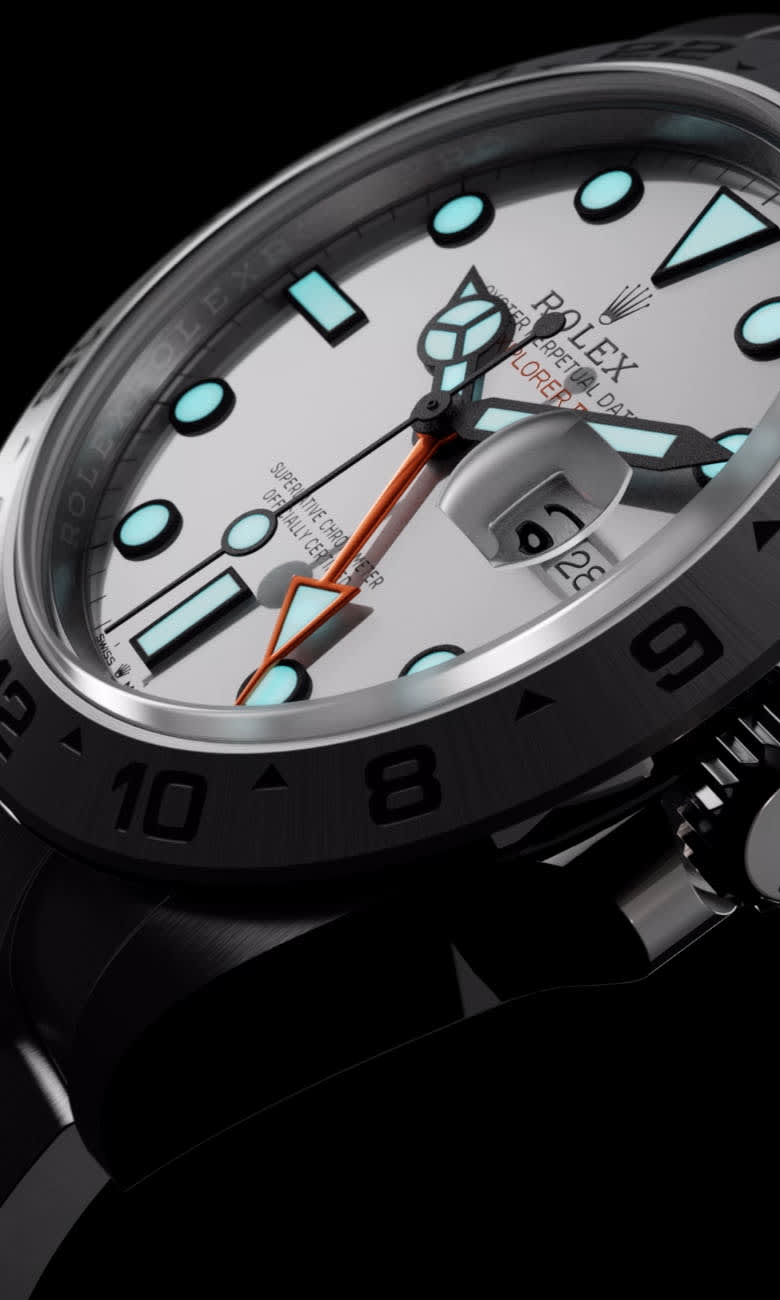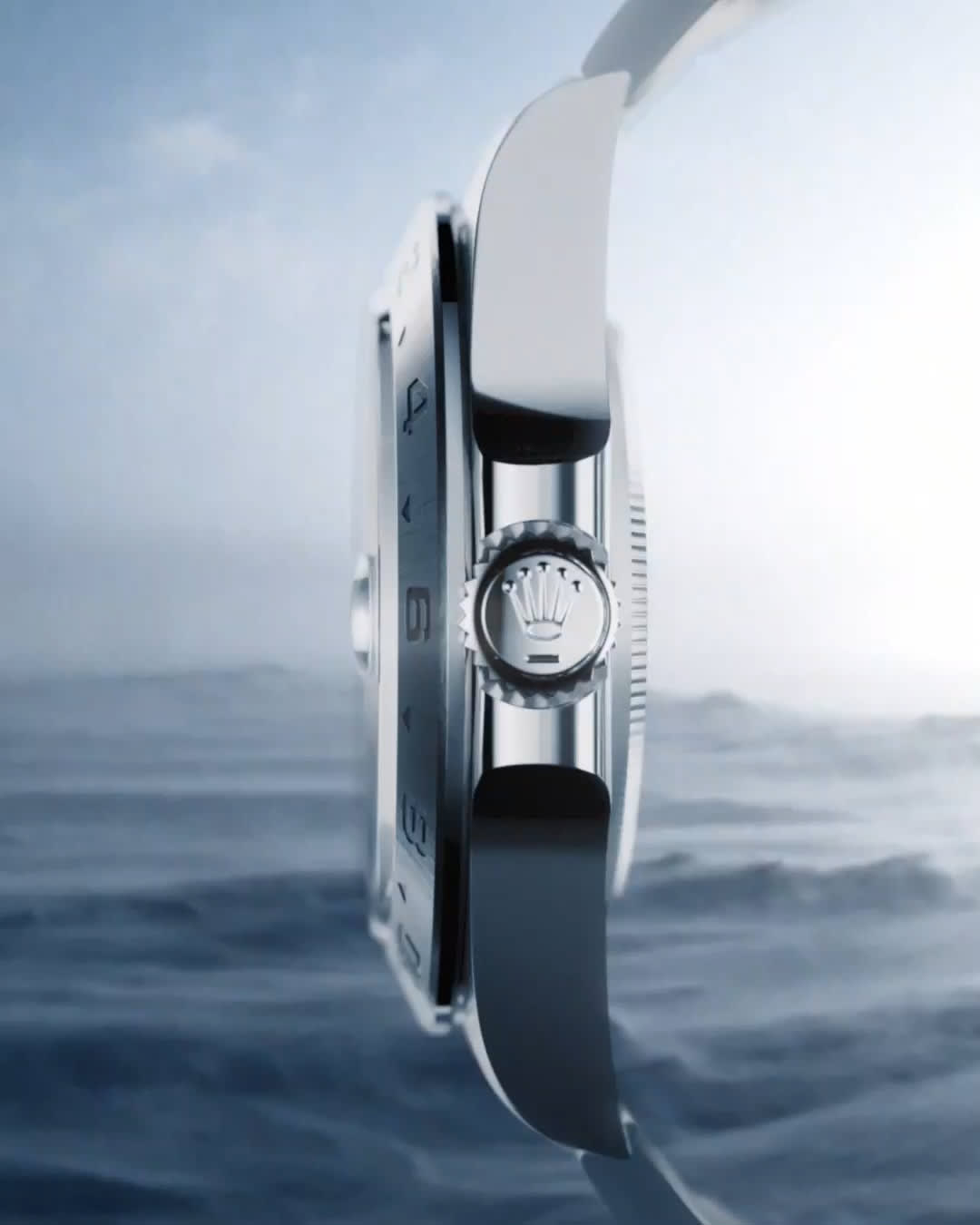
Watches for exploration
Legible and durable, Explorer and Explorer II watches are designed to accompany those who push back the boundaries of human knowledge.
Since the 1930s, Rolex has been able to test its models in real conditions by equipping polar and mountaineering expeditions. The Oyster Perpetual Explorer and Oyster Perpetual Explorer II evolved from the brand’s deep involvement with exploration. Robust, reliable and accurate, these watches are capable of going where few dare to tread.
